Understanding Chlorophyll and Its Environmental Impact Chlorophyll, the vibrant green pigment found in plants, algae, and cyanobacteria, is nothing short…
Read More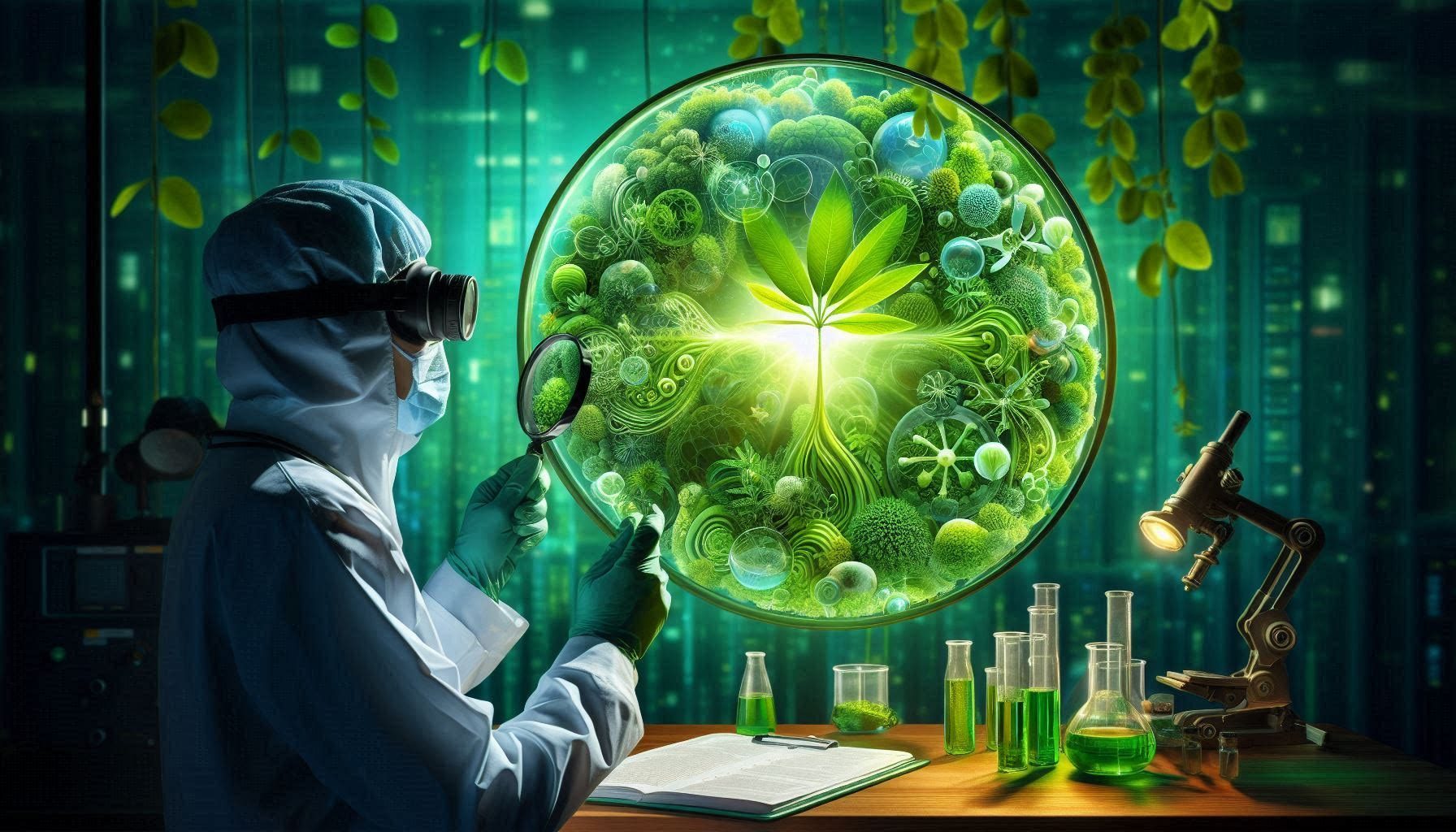

Understanding Chlorophyll and Its Environmental Impact Chlorophyll, the vibrant green pigment found in plants, algae, and cyanobacteria, is nothing short…
Read More
The Unsung Heroes of Arid Landscapes When we think of deserts and arid landscapes, the first images that often come…
Read More
Paris Olympics Transformed Ecosystems and Environments The Paris 2024 Olympics marked a pivotal moment in the history of global sporting…
Read More
Why Progress is Often Hindered By Idiocracy In our collective effort to create a healthier planet, Idiocracy has a giant…
Read More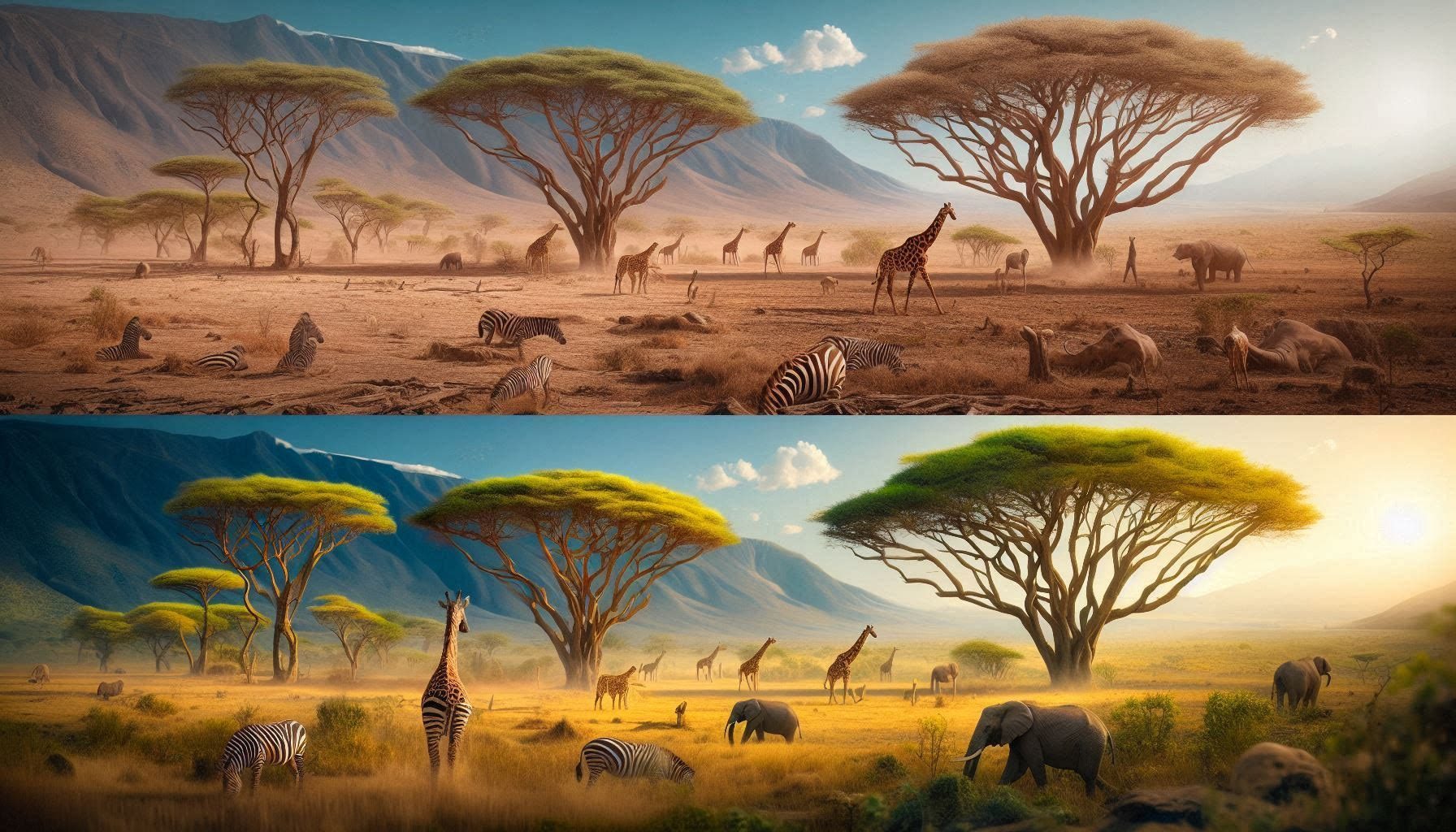
Arusha From Desert to Savanna In the heart of Tanzania lies Arusha, a region that has faced the harsh realities…
Read More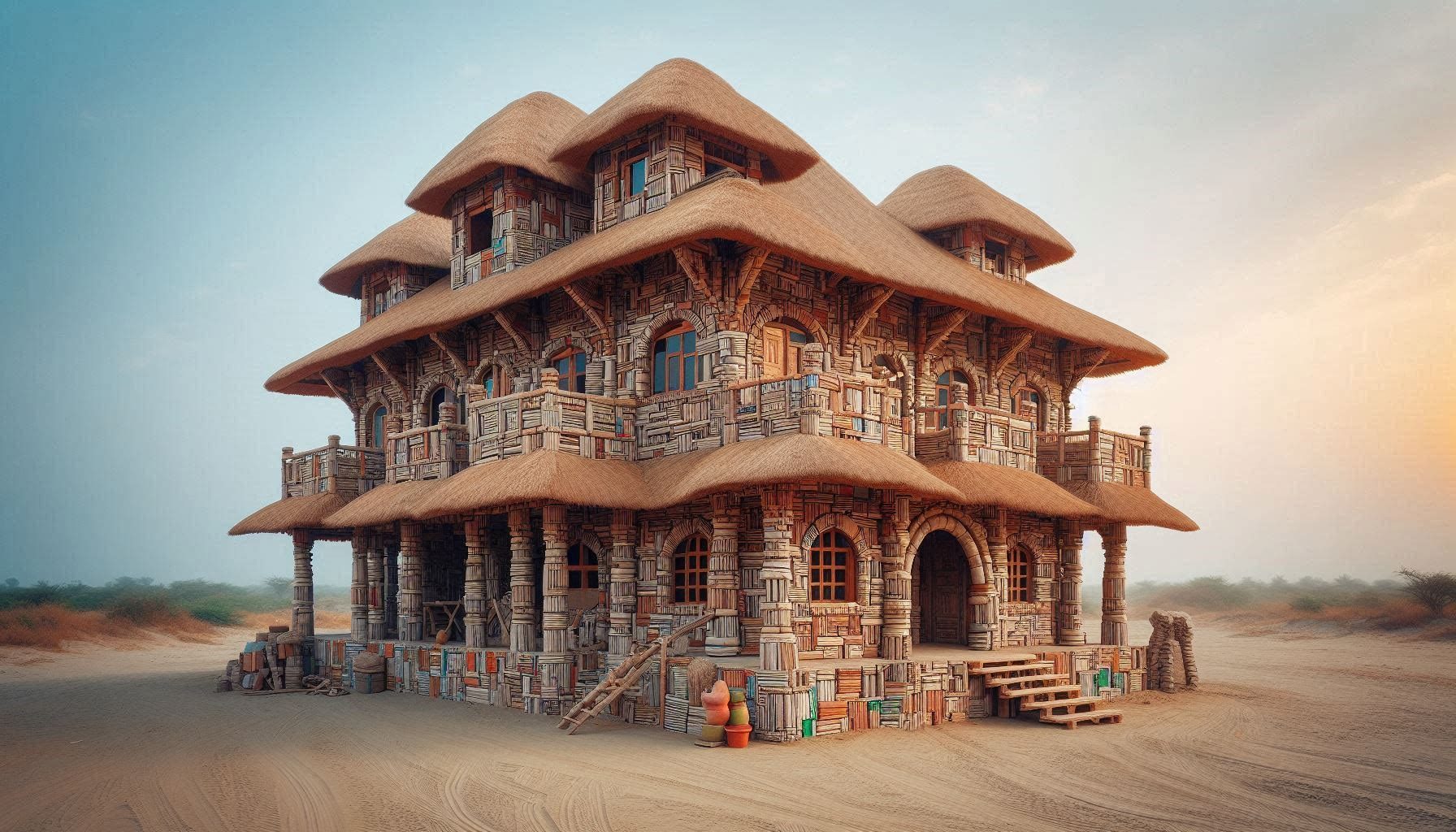
Kenyans Plastic Bricks Out Of Plastic Waste Building Aa Sustainable Future With Kenyans Turn Plastic Waste Into Plastic Bricks In…
Read More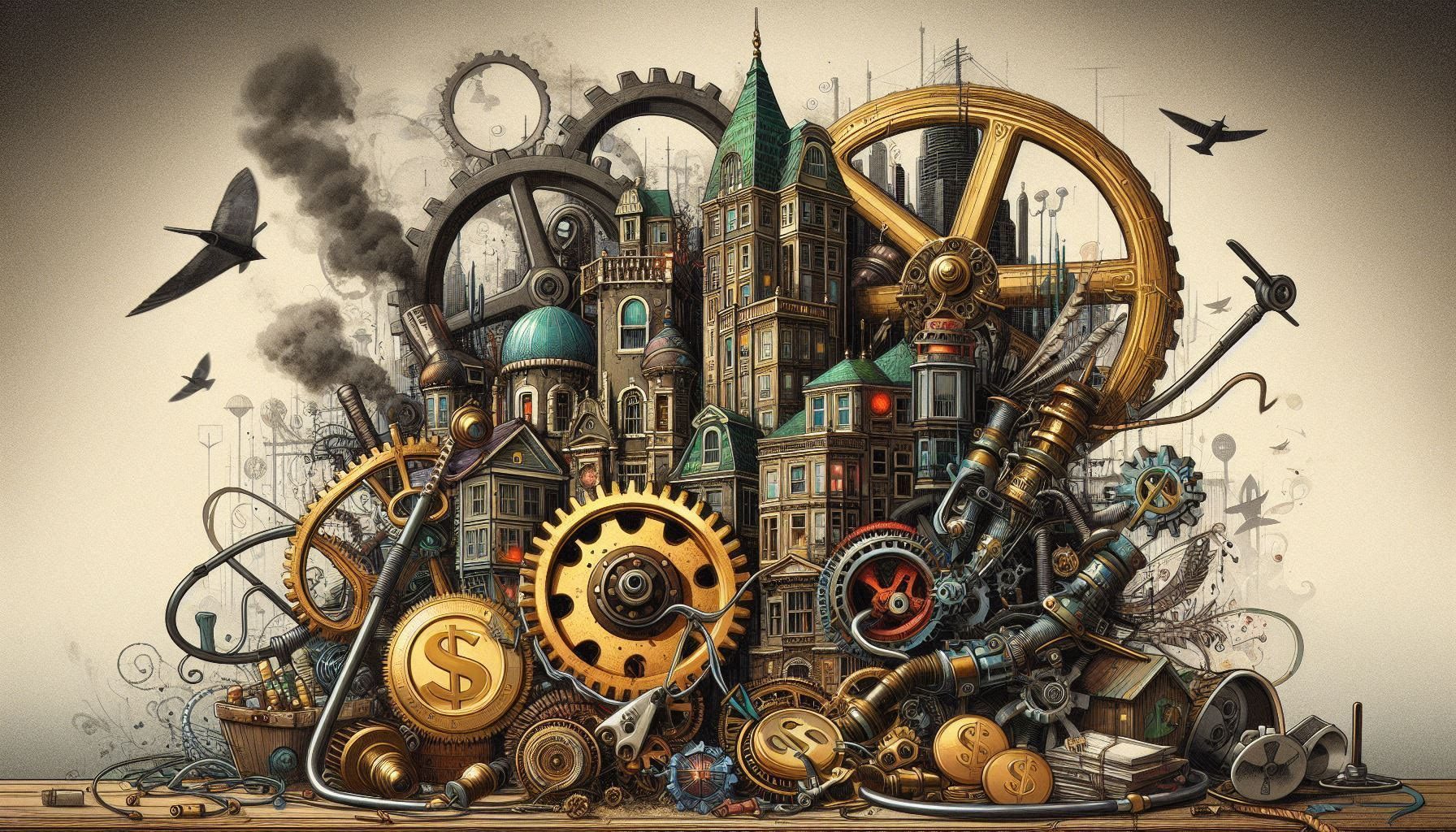
The Hidden Costs of State Governments Partnering with Real Estate Developers In recent years, the relationship between state governments and…
Read More
The Impact of Antarctic Polar Blasts on Australia and the World Antarctic Polar Blasts Antarctic polar blasts, also known as…
Read More
Night Ecosystems Nighttime is more than just a period of darkness. it plays a vital role with night ecosystems in…
Read More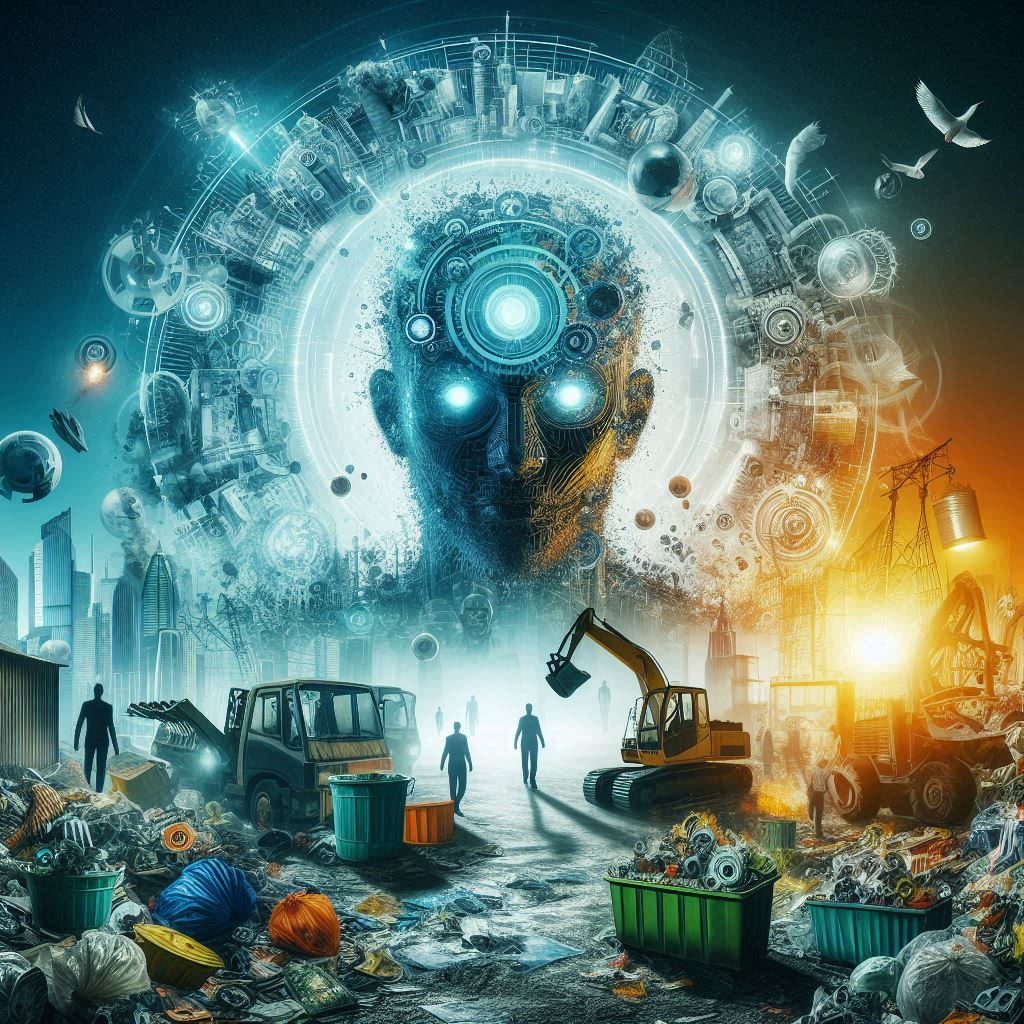
Is Garbage Tips Still the Best Way to Deal with Rubbish That Cannot Be Recycled? In our ongoing efforts to…
Read More